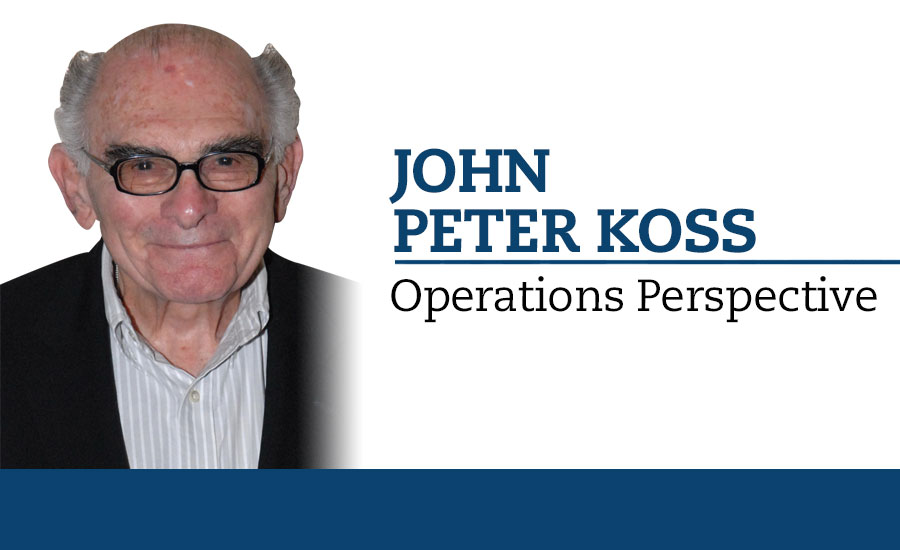Operations Perspective
The reality of the beverage market’s pre-distribution
Before and after movements affect warehousing needs




Current industrial and media focus have been on the constantly changing supply chain ― what is changing and why? Needless to say, research into various industries, including the massive beverage arena, reveals more detailed analyses are being made of each phase of the supply chain, the tasks and costs involved and to identify (and prevent) serious real-time problems.
From an operations perspective, one general and obvious conclusion about shortages surfaces because materials have not been available to produce required goods. Beverage producers/distributors, and only distributors, fortunately, do not have that as a near-term issue. However, they are challenged by an operating function traditionally and generally referred to as warehousing.
Questions about supply chain phases typically are defined with tasks and start/stop points, which facilitates execution of the responsibilities and controlling of costs. Review of processing and packaged production will substantiate this. Processing and production costs easily are tracked and managed when this is done.
When management addresses the inevitable supply chain questions about warehouse costs, the answer usually includes figures that might not be representative of “the warehouse operation.” The figures could include an array of tasks and costs that are not warehouse related, per se. This is why the focus must be directed toward the real functions performed within the bricks-and-mortar warehouse.
The true meaning of warehouse cost must recognize that the building was created to store materials and goods in what can be called a “before and after” movement. Raw and packaging materials are stored before being processed or produced. While stored, both materials take up space at a cost per square foot. Finished goods are stored after being produced or packaged. Again, while stored, finished goods take up space at a cost per square foot.
The example describes what realistically is warehousing cost ― to store materials of one category or another in a space that costs money. But, what about all the other activity that takes place in this same warehouse?
The other activity, usually lumped into warehouse storage cost, involves an extremely important segment of the supply chain. First, processing starts with raw materials to create an end product, production starts with packaging materials to create a salable package and warehousing starts with storing finished SKUs to create an inventory in the warehouse. As SKUs journey down the supply chain toward moving onto trucks for in-store delivery, distribution is the new cost strategy.
Within the warehouse, the starting point of pre-distribution is order processing, while the stopping point is loaded vehicles.
Order processing, paper or paperless; removal from storage, manual or automated; staging orders, full pallets or pallet make-up; loading of vehicles, manual or (someday automated) are all part of pre-distribution. All tasks performed in this function comprise pre-distribution costs, which are identifiable and controllable.
After vehicles are loaded and dispatched to respective routes, distribution starts upon delivery to designated locations. Remember, distribution depends on pre-distribution functions or distribution can’t be performed.
Beverage production/distribution operations in real-time practice are subjected to all phases of the supply chain with proper identity and cost controls. What’s missing? Post-distribution ― unloading and restocking? All told, the steps of getting beverages to market work more seamlessly when the right questions are asked — and when there is a well-thought-out strategy to ensure cost efficiency.
Looking for a reprint of this article?
From high-res PDFs to custom plaques, order your copy today!







